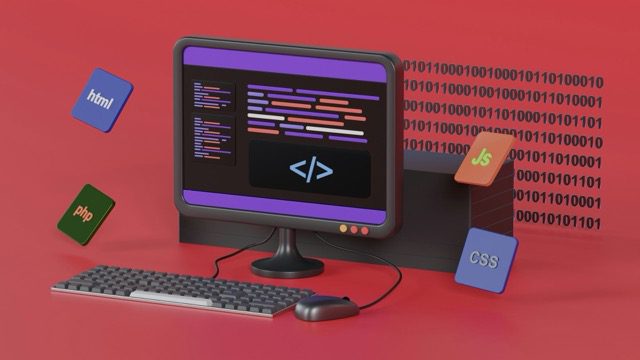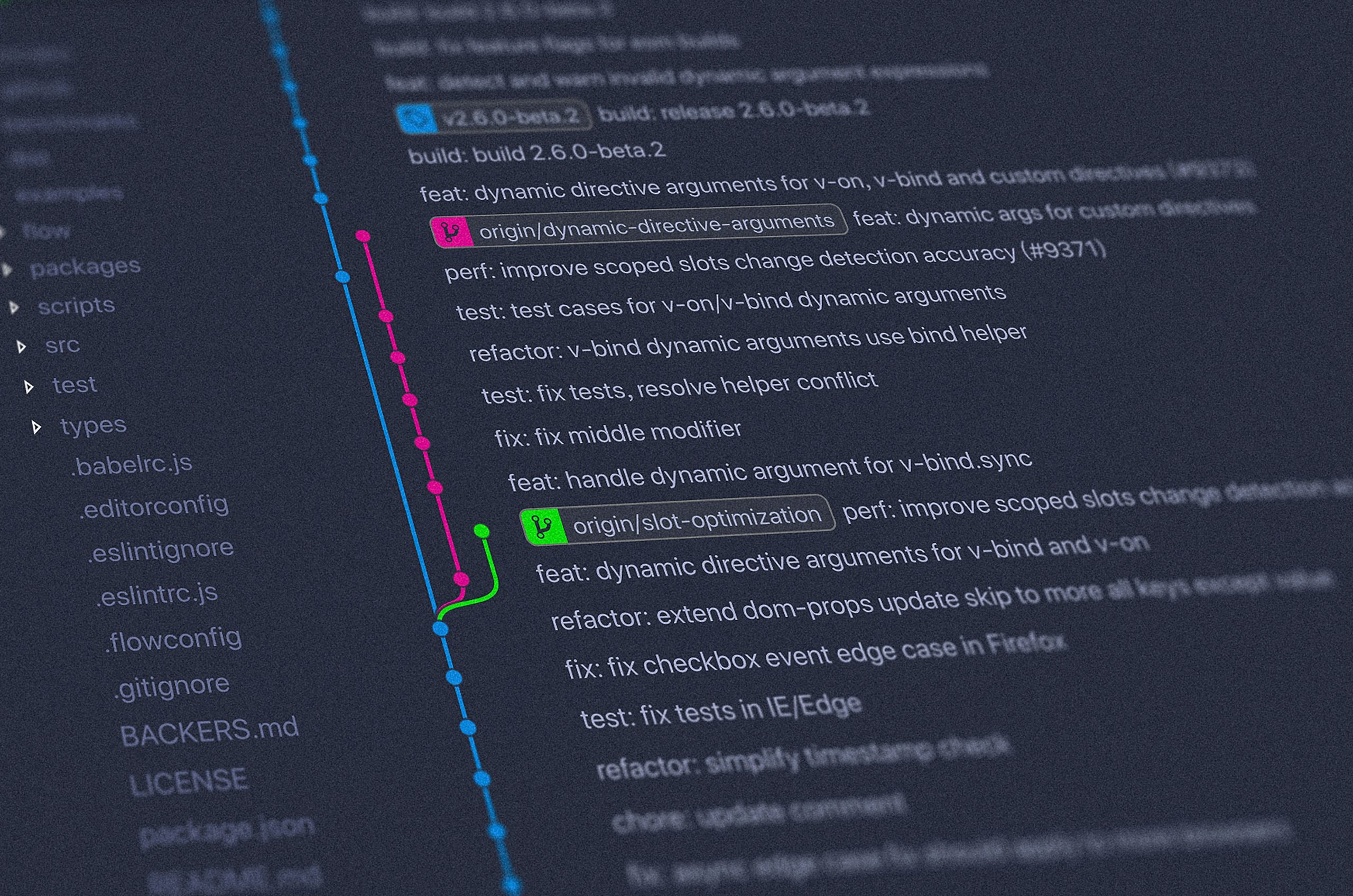CSS Grid Layout Tutorial: Mastering Modern Web Design
In today’s digital landscape, understanding the CSS Grid layout is essential for web developers aiming to create responsive and aesthetically pleasing designs. This powerful tool offers a two-dimensional grid-based layout system that enables you to design web pages that look great on any device. In this css grid layout tutorial, we’ll dive into its core components, benefits, and how to implement it effectively.
What is CSS Grid Layout?
CSS Grid Layout is a revolutionary layout system specific to CSS. It allows for the creation of complex and responsive grid structures that are both flexible and robust. Unlike traditional layout methods, CSS Grid provides precise control over the positioning and alignment of web elements.
Why Learn the CSS Grid Layout?
- Responsive Design: CSS Grid ensures that your design adapts seamlessly to different screen sizes and devices.
- Flexibility: Allows for the creation of intricate designs without extensive use of positioning or floating elements.
- Efficiency: Reduces the need for multiple workarounds, enabling a cleaner and more maintainable codebase.
- Wide Browser Support: As of recent updates, major browsers fully support CSS Grid, making it an industry-standard tool.
For more information on CSS Grid’s compatibility and its advantages over other layout systems, refer to Mozilla’s Developer Network.
Getting Started with CSS Grid Layout
Understanding the Grid Container and Items
- Grid Container: Initializing a grid layout is done by setting the display property of an element to
grid. This container will house all your grid items. - Grid Items: These are direct children of the grid container and are laid out according to the grid defined.
.grid-container {
display: grid;
grid-template-columns: 200px 200px 200px;
grid-template-rows: 150px 150px;
}
.grid-item {
border: 1px solid #ccc;
}
Defining Grid Tracks
- Grid Template Columns/Rows: Use these properties to specify the number and size of columns and rows. You can define sizes using pixels, percentages, or fractions (
fr).
.grid-container {
grid-template-columns: 1fr 2fr 1fr;
}
Placing Grid Items with Ease
- Grid Lines: Place your items using grid line numbers, which gives you explicit control over the layout.
.grid-item {
grid-column-start: 1;
grid-column-end: 3;
}
Utilizing Grid Areas
- Named Grid Areas: Assign names to sections of your layout for easier placement.
.grid-container {
grid-template-areas:
"header header header"
"sidebar main main"
"footer footer footer";
}
.grid-item-header {
grid-area: header;
}
Advanced Techniques in CSS Grid Layout
Nesting Grids
CSS Grid allows grids within grids, providing unparalleled flexibility.
CSS Grid and Flexbox: A Powerful Combo
While CSS Grid excels in two-dimensional layouts, Flexbox is great for one-dimensional layouts. Combining both offers unmatched design capability.
Conclusion: Mastering the Art of CSS Grid
In this css grid layout tutorial, we’ve explored the basics and some advanced features of CSS Grid Layout. By mastering these techniques, you can create clean, responsive web designs that structure content effectively. Dive deeper into CSS Grid with online resources, such as CSS Tricks, to expand your knowledge further.
CSS Grid Layout empowers developers with a tool that’s not just about flexibility, but also about redefining how web pages can be constructed. As the web continues to evolve, so will the ways we think about design and layout. With this tutorial as your foundation, you’re on your way to becoming a grid layout pro.




